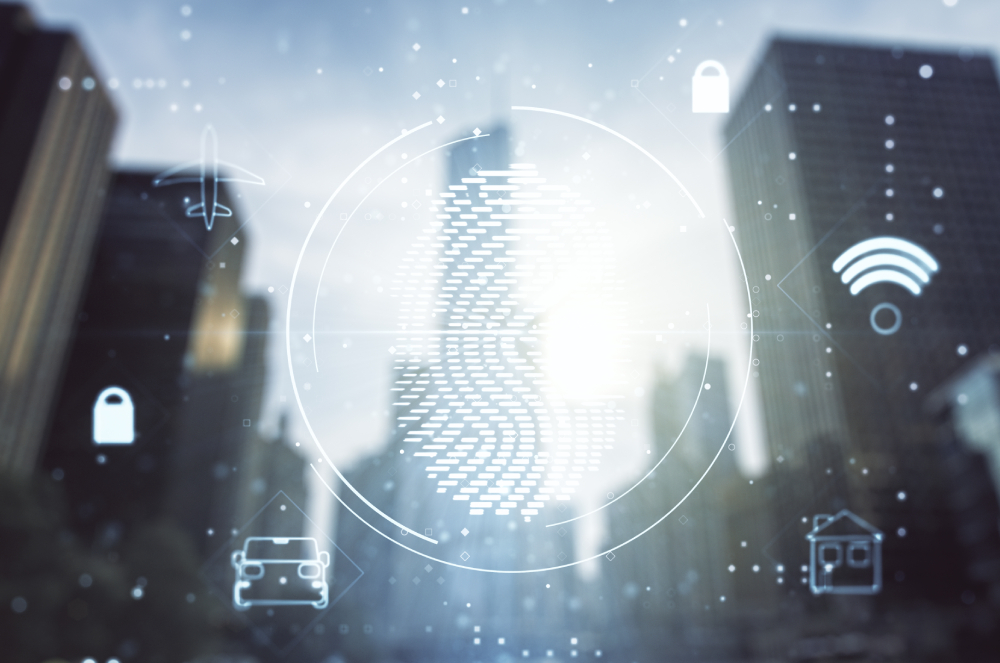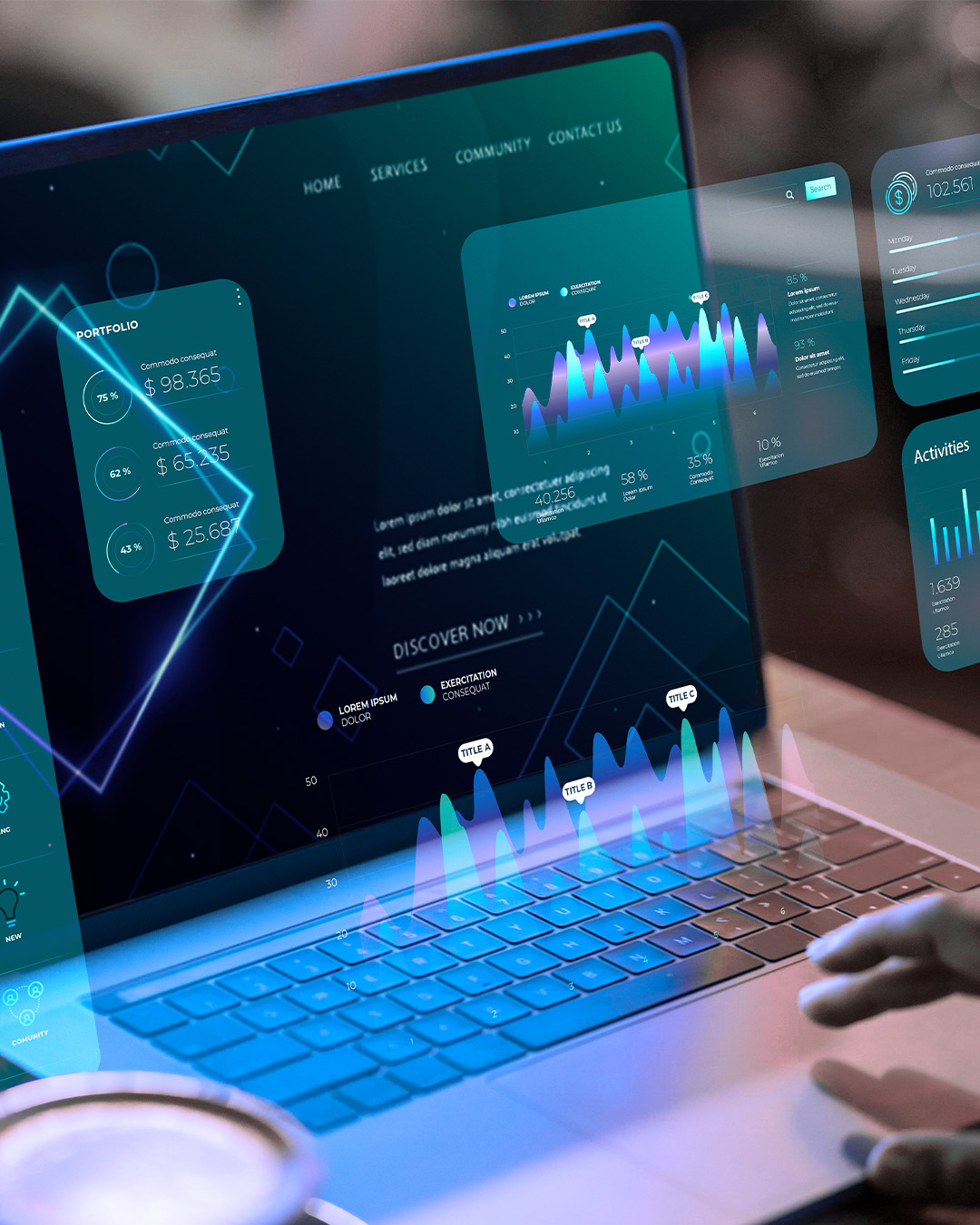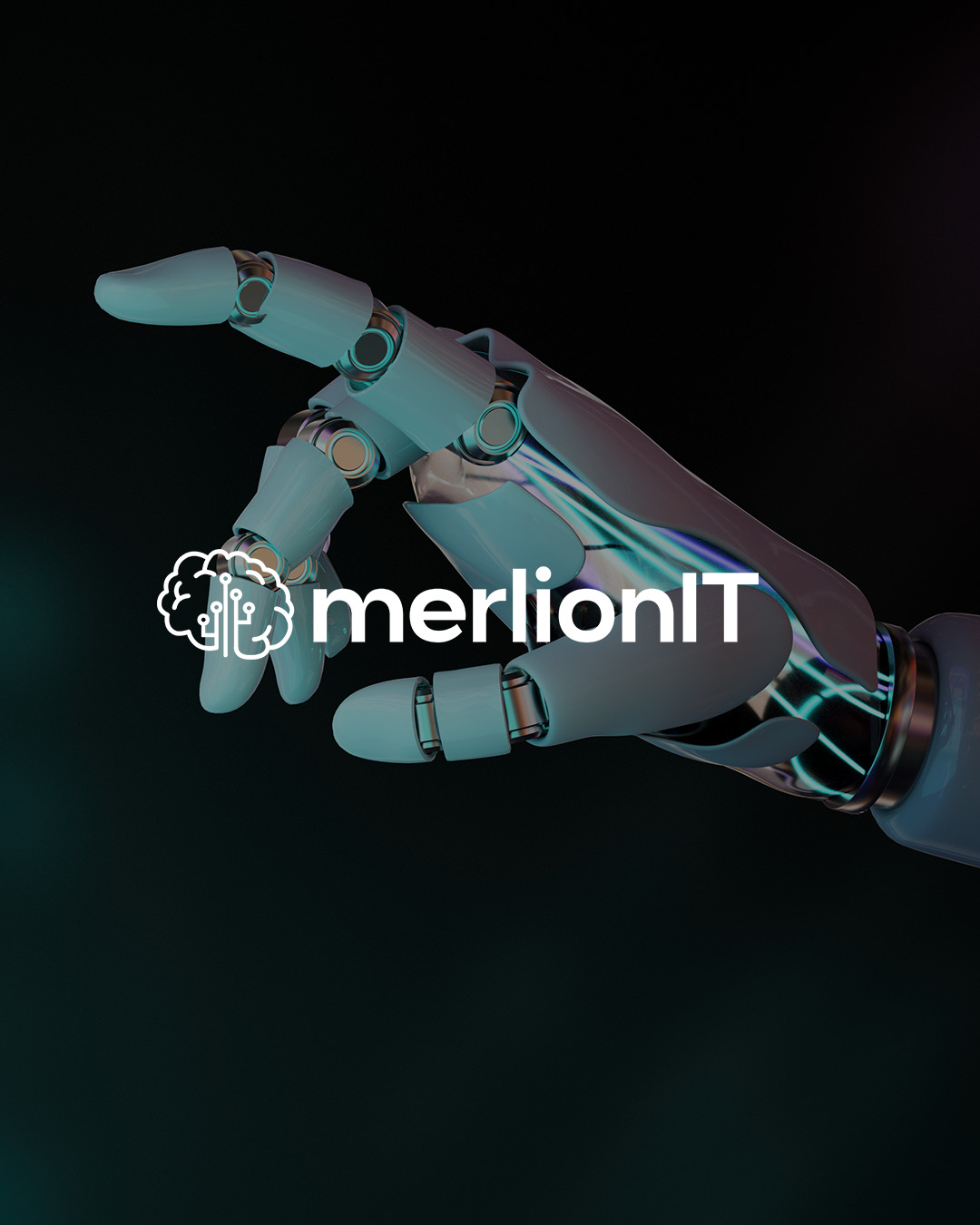Technology in real estate regularization: Digital revolution

Real estate regularization, for many years, was synonymous with bureaucracy, piles of documents, and a slow process that required patience and resilience from both property owners and professionals involved. However, the digital era has brought a revolution, and the real estate sector has not been left behind. Today, we are experiencing a significant transformation driven by technology, which has been optimizing the property regularization process in ways previously unimaginable.
Processes with digital tools
One of the greatest advancements in real estate regularization is the use of specialized software. Digital tools for project analysis, such as CAD and BIM (Building Information Modeling) software, allow engineers, architects, and urban planners to develop and review plans and projects with greater accuracy and efficiency. In fact, digitalization not only improves the technical quality of projects but also facilitates approval from the relevant authorities, as many of these tools already integrate features that check compliance with local standards and regulations. Digital platforms for document submission and process tracking have significantly reduced processing times. Now, people can resolve what previously required constant visits to notary offices and government departments with just a few clicks, whether from the office or even from home. In addition, this not only accelerates the regularization timeline but also reduces operational costs for everyone involved.
The role of digital portals and integration with public authorities
One of the biggest headaches in real estate regularization has always been communication between the various public agencies involved in the process. However, with digital integration, cities now offer online portals for the unified processing of documents and projects, ensuring transparency, real-time tracking, and enhanced security. Data querying and integration between agencies make it easier to obtain information about the property, speeding up steps that used to take longer.
Blockchain and Security in Property Regularization
Another innovation gaining traction in the sector is the use of blockchain technology, which promises to bring more security to real estate transactions and records. Additionally, blockchain creates immutable and auditable records, which can be directly applied in regularization processes, especially in property registration and transfer. As a result, using this technology makes the buying, selling, and regularization of properties safer, reducing fraud and ensuring a transparent and reliable record for all parties involved.
The Future of Real Estate Regularization is Digital
The digitalization of real estate regularization is not just a trend; it is a reality that is here to stay. As technology continues to advance, the sector is only set to benefit, with processes becoming faster, more secure, and more efficient. For property owners, this means less bureaucracy and more agility in achieving the long-awaited regularization. For professionals, it is an opportunity to optimize operations and offer higher value-added services. We are just at the beginning of this digital revolution, and the opportunities are vast. With the adoption of these new technologies, real estate regularization becomes a more accessible and effective process, helping to transform the sector in a lasting way.
Source: Blog da Engenharia
Transform your construction management with IzzyERP and ensure more efficient execution, on time, and within budget! Contact us.



















